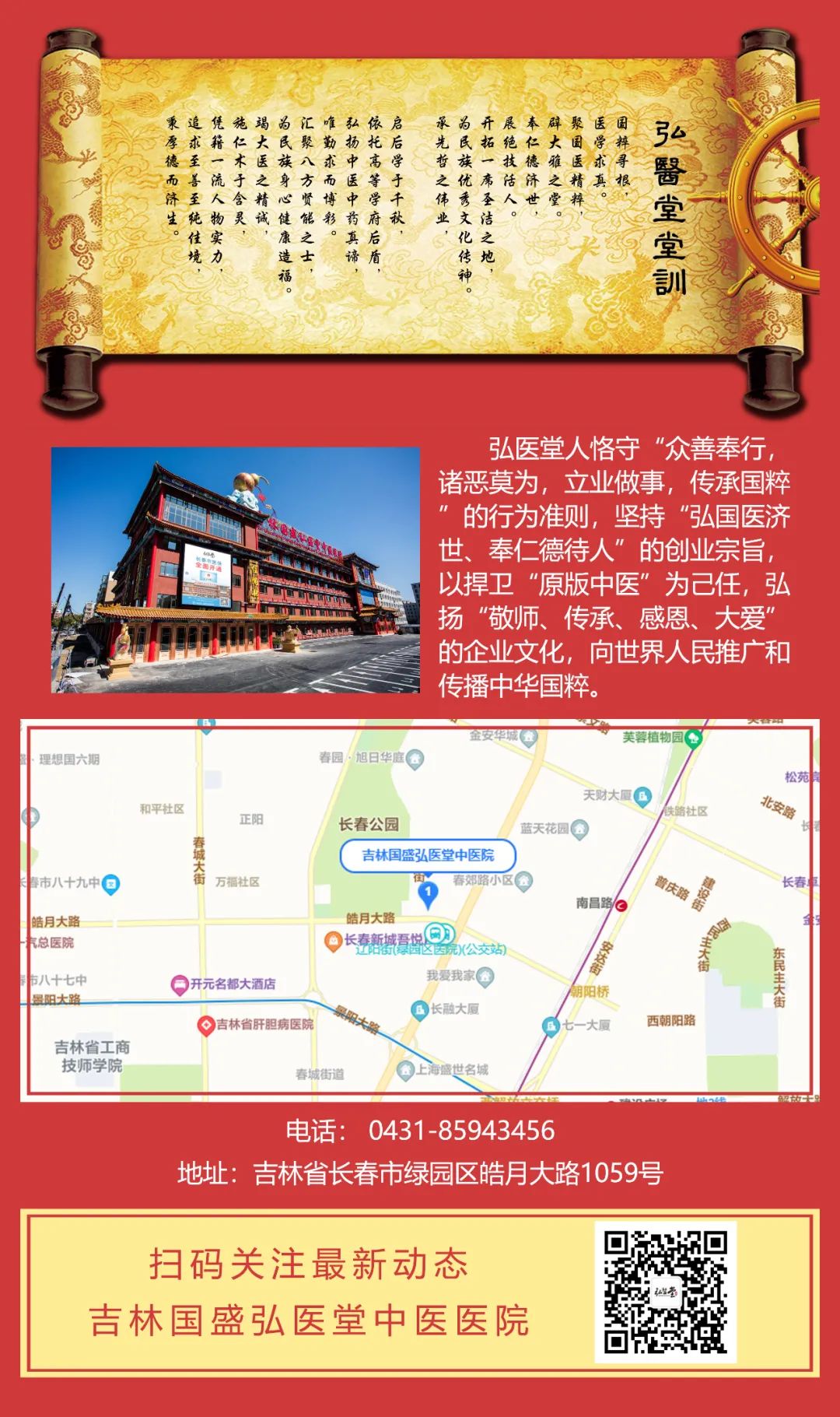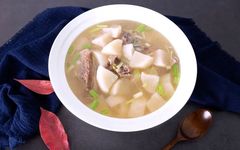Traditional Chinese medicinal cuisine is a special dietary practice guided by TCM principles, combining various medicinal herbs with food in a reasonable formulation, utilizing both traditional and modern scientific techniques to create dishes that possess unique colors, aromas, flavors, shapes, and effects, with health-preserving, disease-preventing, and therapeutic properties.
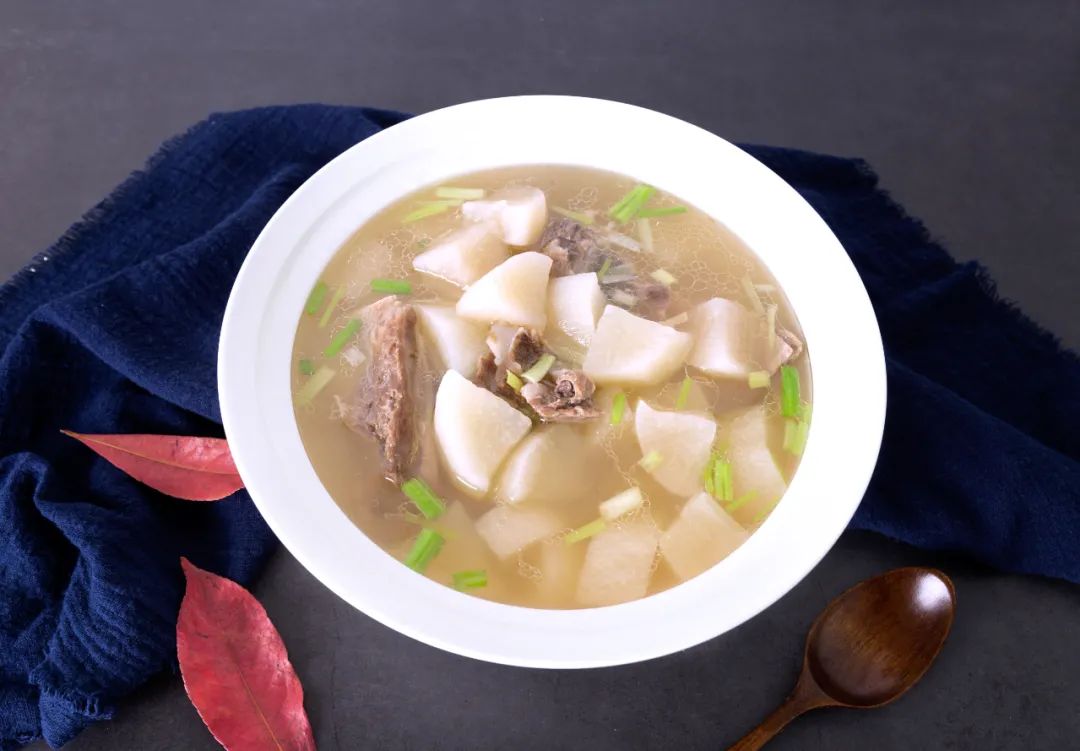
Medicinal cuisine originates from China’s traditional dietary and TCM dietary therapy culture, representing a combination of traditional Chinese medical knowledge and culinary experience. Based on the theories of TCM, culinary science, and nutrition, medicinal cuisine embodies the concept of “integrating medicine into food,” providing high nutritional value while also preventing and treating diseases, promoting health, and extending life. So, how should medicinal cuisine be consumed, and what should be noted when preparing it?

Reasonable Ingredient Pairing
Medicinal cuisine relies on the synergistic effects of both medicinal herbs and food. Based on the theory of “food and medicine sharing the same source,” both food and medicine possess the four natures and five flavors, namely cold, hot, warm, and cool (四气) and sour, pungent, bitter, sweet, and salty (五味). The pairing of food and medicine should follow the principles of TCM herbal compatibility. As stated in the “Shouqin Yanglao Shu”: “The food from land and water, regardless of thousands of varieties, all possess the properties of the five natures and five flavors, which are also governed by Yin-Yang and the five elements, just like medicine… If one understands the nature of food and adjusts its use, it can be more effective than medicine… A good herbalist is not as good as a good cook.”
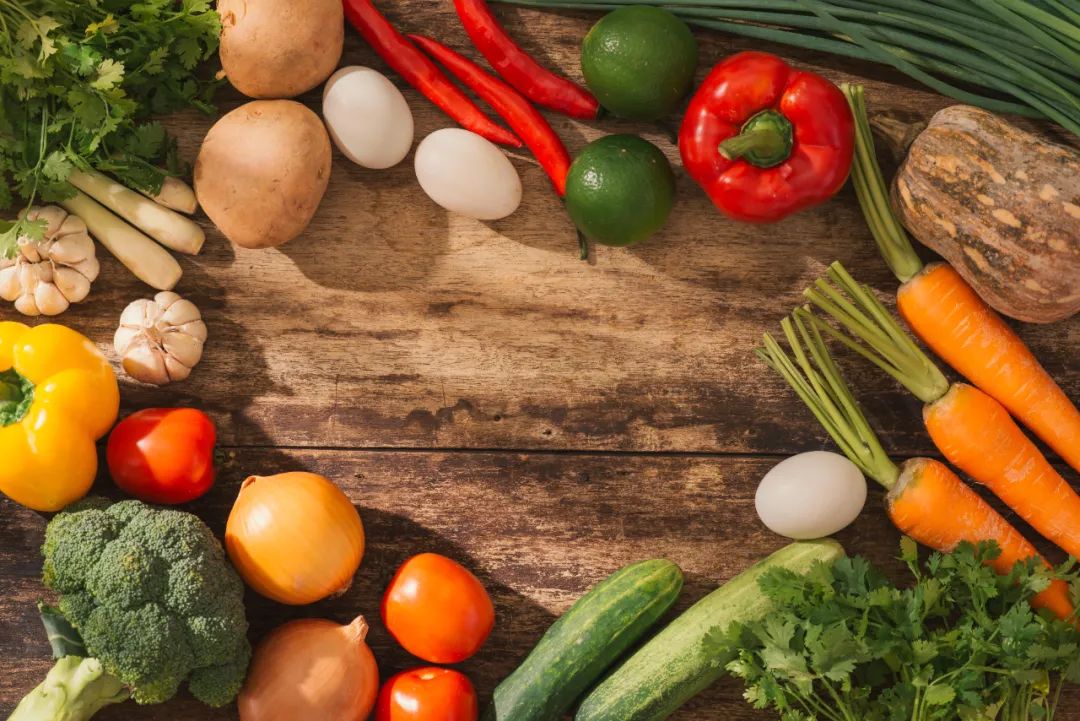
Commonly used medicinal herbs in cuisine number in the dozens, primarily categorized into three types: cold, warm, and neutral. Cold and cool foods have effects such as clearing heat, reducing fire, detoxifying, nourishing Yin, and cooling the blood. Warm foods have effects like dispelling cold, assisting Yang, warming the meridians, invigorating blood, and unblocking channels.
Common warm foods include leeks, pepper, garlic, ginger, mustard, scallions, coriander, walnut, and sheep’s milk. Cold and cool foods include mung beans, radishes, bitter melons, loofah, tea leaves, bitter herbs, purslane, lotus root, salt, kelp, winter melon, and milk. Foods with neutral properties include cabbage, shepherd’s purse, soybeans, yellow soybeans, white broad beans, yam, and lotus seeds.
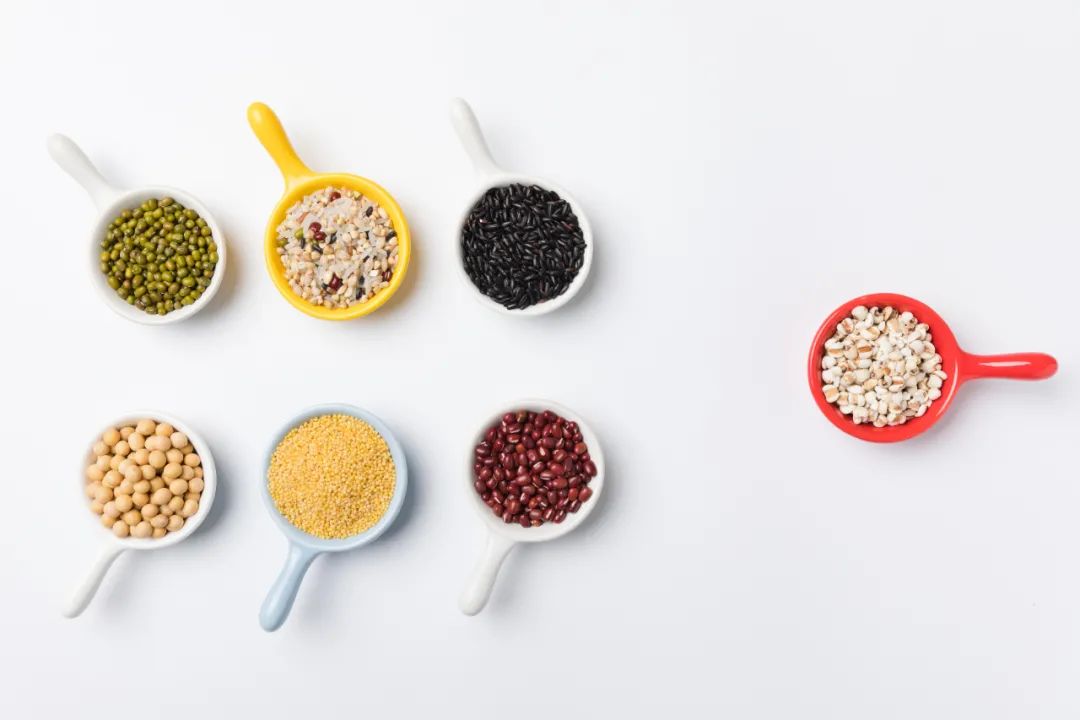
In food, sour flavors have astringent and binding effects, such as black plums which can stop diarrhea, control bleeding, and relieve coughs, useful for conditions like dysentery, blood in stool, and prolapse. Astringent flavors are similar to sour flavors and are often used for symptoms like excessive sweating, diarrhea, dysentery, frequent urination, and slippery essence.
Pungent foods generally have the effects of dispersing and circulating Qi and blood, including scallions, ginger, chili, fennel, and garlic.
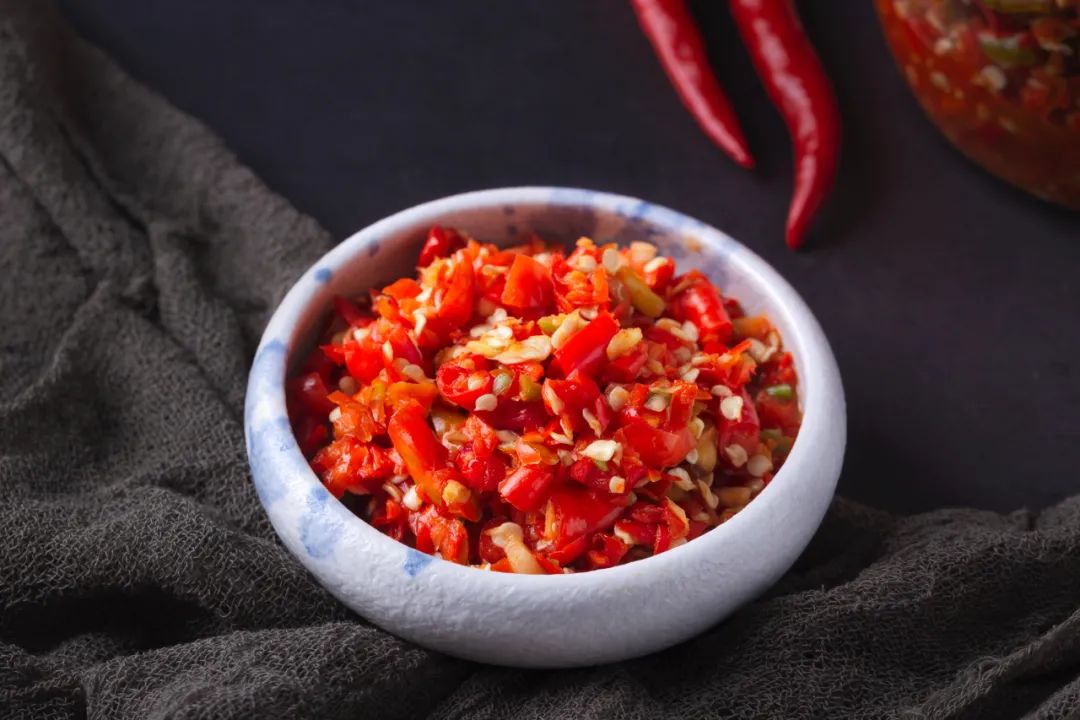
Sweet foods can nourish, harmonize, and alleviate urgency, often used to strengthen and nourish the body’s organs, Qi, blood, and the deficiencies of Yin and Yang, such as japonica rice which tonifies Qi, jujube which strengthens the spleen, and maltose which alleviates pain.
Salty foods have effects such as softening hardness, dispersing nodules, nourishing Yin, and descending, such as jellyfish which can soften phlegm, kelp and nori which can dissipate goiter and disperse nodules, and drinking a cup of light salt water in the morning can improve constipation.
Bitter foods are generally cold and cool, having effects like clearing heat, reducing fire, and moistening dryness, such as bitter melon which clears heat and detoxifies, useful for heat excess conditions.

Correct Selection of Medicinal Cuisine
TCM emphasizes syndrome differentiation and treatment, and medicinal cuisine should also be tailored to the individual. Only by considering the person, time, and place can the reasonable health-preserving effects of medicinal cuisine be realized. When consuming medicinal cuisine, the following aspects should be noted.
▶ Distinguish body constitution types to achieve “differentiated dietary therapy”. For example, individuals with Yang deficiency should consume warming and tonifying medicinal cuisine. Yang deficiency is primarily characterized by sensitivity to cold, abdominal pain, loose stools, and poor sexual function. Cooling and tonifying medicinal cuisine is suitable for those with phlegm-damp constitution, who tend to be overweight and often suffer from hypertension, hyperlipidemia, coronary heart disease, and diabetes, presenting with heat sensitivity, excitability, and excessive sweating. Yin deficiency individuals may experience thirst, dry throat, and constipation, and should consume more Yin-nourishing and blood-tonifying medicinal cuisine. Neutral tonifying cuisine is generally suitable for everyone, especially for those with poor constitution, deficiencies of both Yin and Yang, and deficiencies of Qi and blood.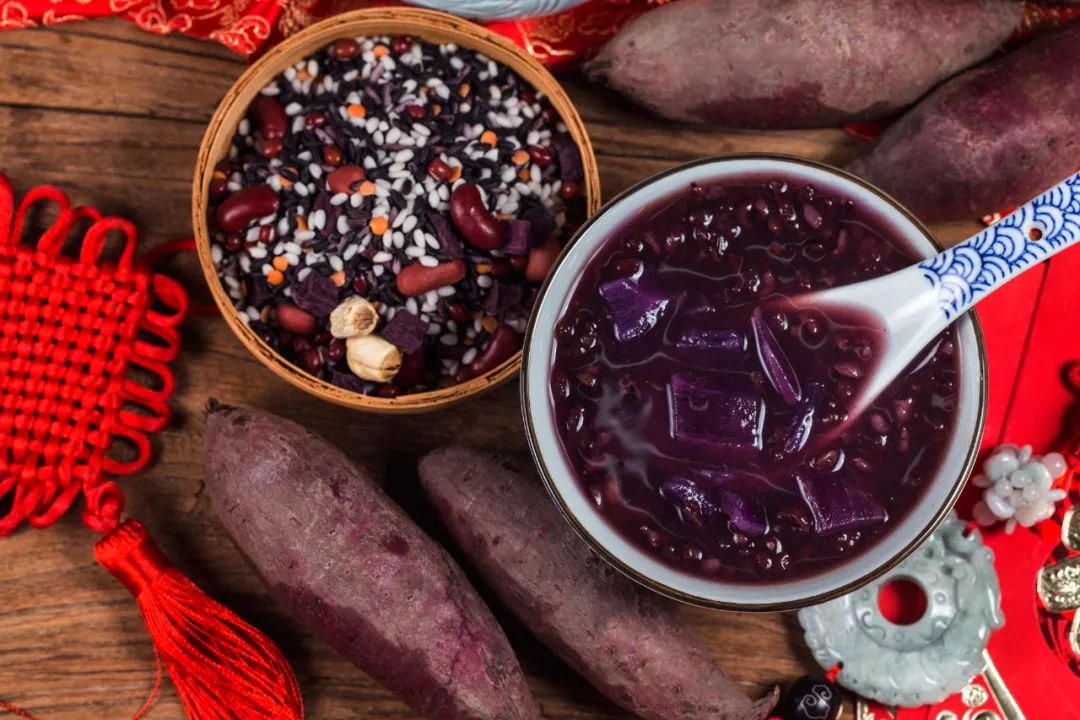
▶ Pay attention to the seasons, achieving “harmony between heaven and man”.
In spring, the five organs correspond to the liver. As all things revive and the weather warms, one can choose ingredients like fresh ginseng, American ginseng, prince ginseng, codonopsis, goji berries, and astragalus to support the body’s vital energy, such as chicken stewed with astragalus.
In summer, divided into early summer and late summer, the five organs correspond to the heart. Early summer is hot, and cooling tonics are appropriate. Ingredients like patchouli, perilla, lotus seeds, mint, and mung beans can be used to generate fluids and cool off, such as porridge made with poria and mung beans. Late summer is hot, and protecting the digestive system is particularly important; one should avoid cold foods like ice-cold watermelon.
In autumn, the five organs correspond to the lungs. The weather is cool and dry, so nourishing Yin and moistening dryness is advisable. Ingredients like ophiopogon, lily, tremella, honey, and autumn pears can be used, such as rock candy tremella soup and honey-baked lily.
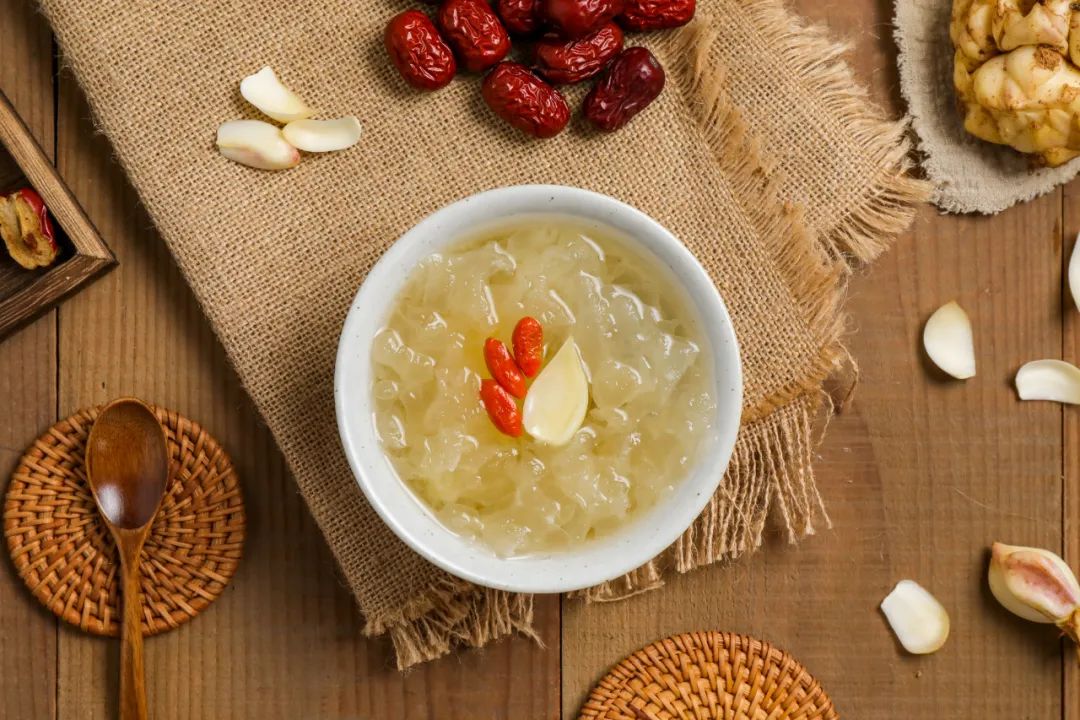
In winter, the five organs correspond to the kidneys. In cold weather, warming tonics are recommended. Ingredients like yam, angelica, jujube, longan, walnut, and chestnut can be used to warm Yang and dispel cold, such as lamb and angelica hot pot and stir-fried eucommia with kidney.
When preparing medicinal cuisine, one should select medicinal materials correctly and pair them reasonably. The medicinal materials must be authentic and should not include toxic or harmful substances. The quantity of food and medicine should be determined based on the number of diners.
